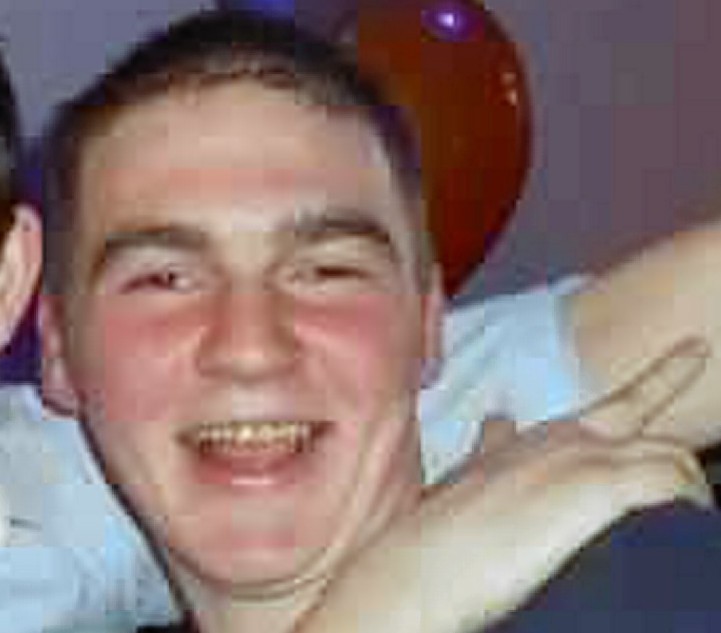A cyclist who died after crashing off his bike as his father passed him in a pick-up truck would have survived if he had been wearing a helmet.
Inverness Sheriff Court was told yesterday Craig Tetsill would have escaped with only a sore neck and head if he had taken the safety precaution.
The 21-year-old suffered a severe head injury in the accident on a remote Highland single track road.
He died soon afterwards – despite efforts by his father and other witnesses to revive him.
Police collision experts blamed Andrew Tetsill for driving too close to his son as they travelled to their digs from their work contract in the hills near Gorthleck above Inverness.
Tetsill, 42, of 27 Fairlie Drive, Camelon, Falkirk, denies causing the young man’s death by careless driving on an unclassified road leading to Wester Aberchalder, east of Loch Ness on May 16, 2013.
The charge alleges he overtook his son on his mountain bike at a point where it was unsafe to do so, causing him to come off the bicycle.
Accident investigator Constable Ian Mathers, of the road policing unit, resumed his evidence on the third day of the trial, and told the court that a member of the pathologist’s staff at Raigmore Hospital said the cause of death was immediate downward pressure on Craig’s head.
He added: “The view was that if he had worn a helmet he would have had a sore head and a sore neck. It was very survivable.”
He calculated that the cyclist was travelling at 16-20mph and his father was travelling at 38mph as he passed.
His report concluded that Craig lost control of his bike when the front wheel turned sharply to the right, throwing him into the air.
The rear wheel of the truck then ran over the bike’s front wheel, causing the rear wheel to rise, and throw Craig about 15ft up the road.
Tetsill’s counsel, advocate Barney Ross, challenged Constable Mathers’s conclusions and the method he used to calculate the figures.
The officer replied: “I have no axe to grind. All I have is the physical evidence.”
Earlier in the trial a workmate of the Tetsills, plant operator George Law, said he saw Craig’s handlebars turn sharply 90 degrees, the bike tip up and the cyclist being thrown into the air.
Mr Law said the young man twisted in the air before striking the pick-up’s rear light cluster bar and hitting his head on the road.
But Constable Mathers said yesterday: “There is no physical evidence of Craig making contact with the truck or that he was caught up in it. It is highly likely the loss of control was due to the close proximity of the truck.
“I don’t have answers as to why he lost control but there is no evidence that he lost control by any other means other than the proximity of the van.”
He discounted Mr Ross’s suggestion that the cyclist had moved into a driveway bell-mouth to allow his dad to pass, but had lost control of his bike when it became caught on the truck, which dragged him and the bike the 15ft.
Constable Mathers replied: “There were no injuries compatible with being dragged by the vehicle, and there were no other gouge or scrape marks other than the one on the road made by the spindle of his bike when the truck ran over it.
“Had the cyclist been stationary in the bell-mouth, it was not possible for the bike to move on to the road and make the gouge mark.”
The trial was adjourned until June 15.
